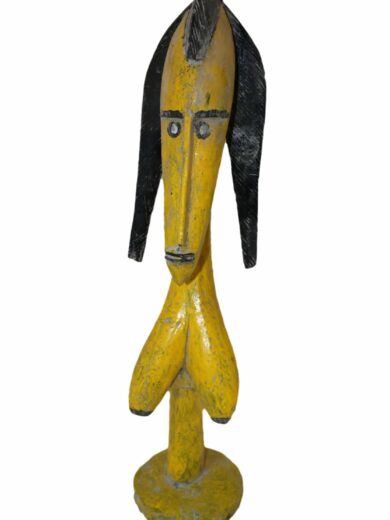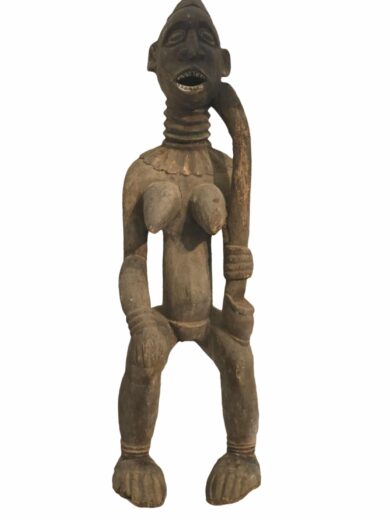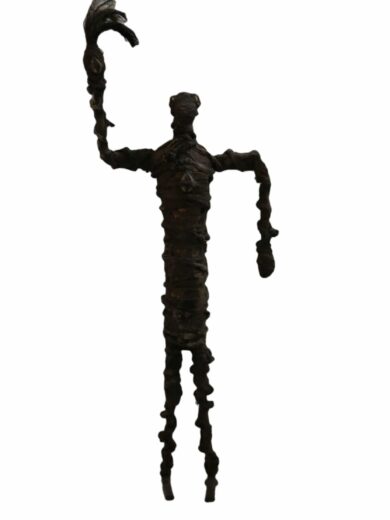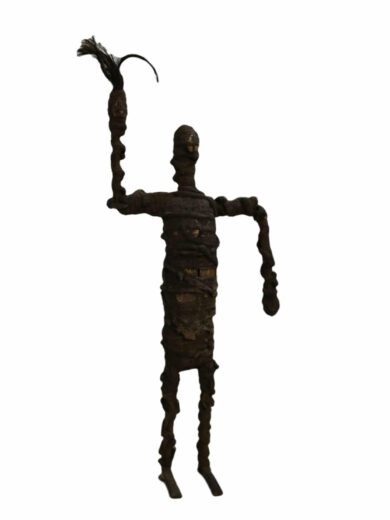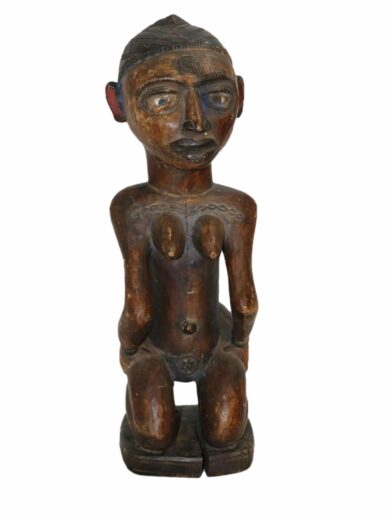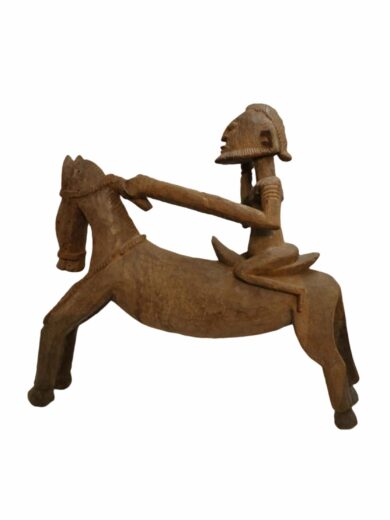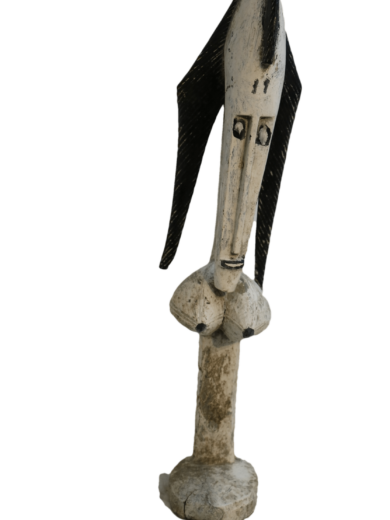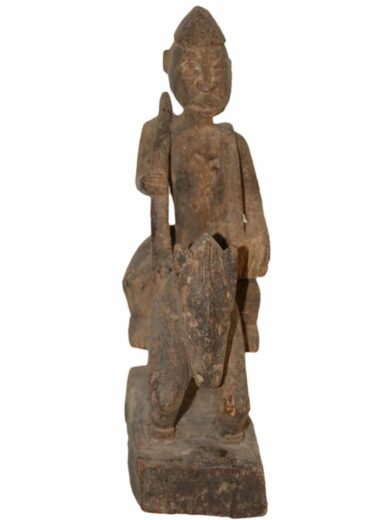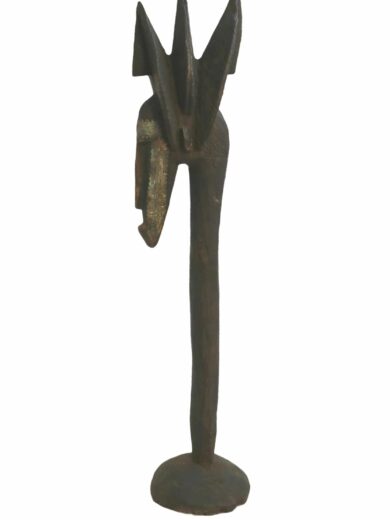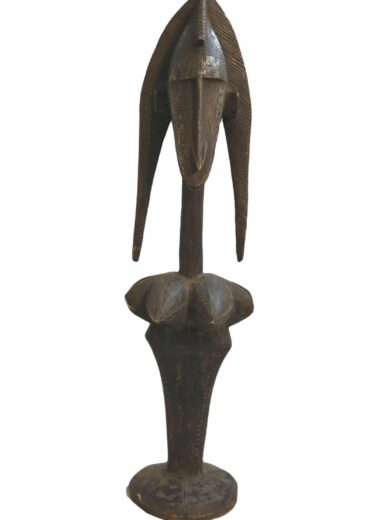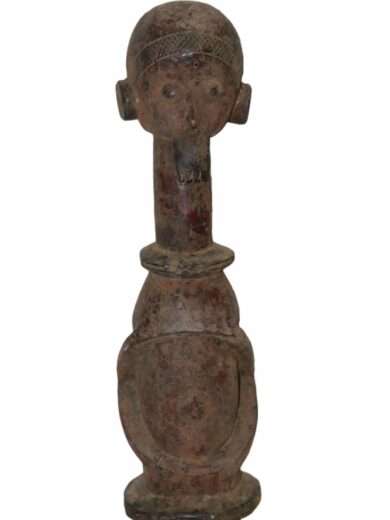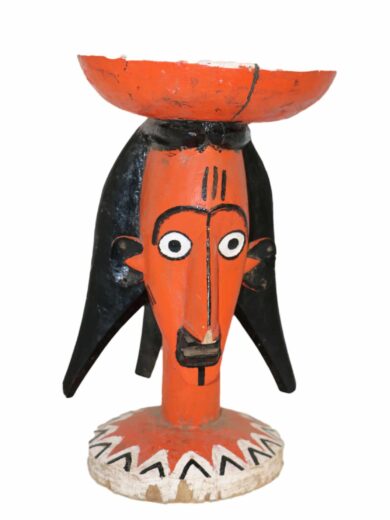Showing 25–36 of 232 resultsSorted by popularity
Set your main menu in Appearance > Menus
Sculptures
Return to Previous Page
About African Arte
Discover our curated selection of the best, cutting-edge tribal and ethnographic artworks across the African continent.
RUA D. JOÃO IV, N.º 303
4302-208 PORTO
PHONE: +351 222010746
EMAIL: GERAL@AFRICAN-ARTE.COM
WWW.AFRICAN-ARTE.COM
Search engine
Use this form to find things you need on this siteCreated by Kemet Design Communica | African Arte ©2017-2021 All rights reserved
Translate »
close

